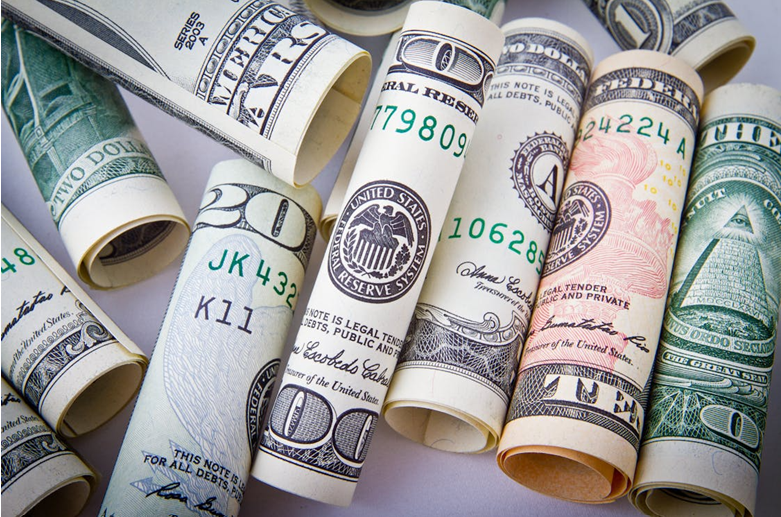
Have you ever worried about someone stealing your financial information online? You’re not alone. Many people use the internet to shop, pay bills, or transfer money, but these activities come with risks. In today’s world, cybercriminals are always looking for ways to access personal and financial data. With one wrong click, you could end up dealing with identity theft, drained bank accounts, or damaged credit. That’s why it's more important than ever to take steps to protect your money online.
In this blog, we will share smart and simple ways to protect your finances in a digital world.
Understand the Risks of the Digital World
The internet makes managing money easier, but it also opens the door to new risks. Phishing scams, data breaches, and malware are just a few dangers you might face. Cybercriminals often trick users into giving away personal details by using fake websites or emails. If they get access to your login information, they can take your money or ruin your credit.
Knowing the types of online threats is the first step toward protecting yourself. If you understand how hackers work, you’ll spot red flags faster. Don’t ignore odd-looking messages or unknown links. Stay alert when using financial apps or logging into bank accounts. Taking the time to learn about these threats helps you stay one step ahead.
Keep an Eye on Your Credit
Your credit is one of your most important financial tools. A sudden drop in your credit score might be a sign of fraud or identity theft. Monitoring your credit regularly helps you catch any strange activity early. It’s a smart habit that gives you a clear view of your financial health.
One easy way to stay on top of this is by using free credit monitoring services. These tools alert you when there’s a change to your credit file. If someone tries to open a new account in your name, you’ll know about it right away. Many services are easy to use and don’t cost anything. They’re a simple way to add an extra layer of protection.
Use Strong, Unique Passwords for Every Account
Passwords are your first line of defense online. If you use the same password for every site, you’re making it easier for hackers to access your information. Once someone figures out your password, they can try it across all your accounts. That’s a major risk for your financial safety.
Instead, use a different password for each account. Make them long, include numbers and symbols, and avoid using personal details like birthdays. A password manager can help keep track of all your logins without you needing to remember each one. Using strong passwords might feel like a hassle at first, but it’s worth the effort to keep your finances safe.
Be Cautious with Public Wi-Fi
It’s tempting to check your bank account while having some tea at your favorite café, but public Wi-Fi isn’t always safe. Hackers can easily intercept data on open networks. If you log into your bank or payment apps using public Wi-Fi, your personal information could be at risk.
Avoid making financial transactions on public networks whenever possible. If you must use one, consider using a virtual private network (VPN). A VPN adds a layer of encryption, making it harder for anyone to see what you’re doing. Saving online banking for when you’re on a secure, private connection is always the better choice.
Watch Out for Phishing Scams
Phishing is a trick used by scammers to get your personal info. They often send emails or texts that look like they’re from your bank or another trusted source. These messages usually ask you to click a link or provide sensitive information. If you’re not careful, you might give them access to your accounts.
Always double-check before responding to messages that seem urgent or ask for personal details. Look at the sender’s email address and don’t click suspicious links. When in doubt, contact the company directly using a phone number or website you trust. A few seconds of caution can protect your finances from serious harm.
Enable Two-Factor Authentication on Financial Accounts
Two-factor authentication (2FA) adds another layer of security to your accounts. With 2FA, one password is not sufficient. You need more to be able to log in. You might get a text message with a code or use an app to confirm it’s really you. This extra step makes it much harder for hackers to break in, even if they know your password.
Most banks and financial apps offer 2FA. All you have to do is turn it on in your account settings. It might feel like a small inconvenience, but it can stop a thief in their tracks. Adding 2FA is one of the simplest and most effective ways to protect your digital finances.
Keep Your Devices Updated
Your phone, tablet, and computer need regular updates to stay secure. Software updates often fix problems that hackers can use to get into your device. If you skip updates, you’re leaving the door open for attacks. That can put your personal and financial information at risk.
Set your devices to update automatically, so you don’t have to think about it. Keep your antivirus and security apps up to date, too. Don’t forget to update your financial apps as well. Developers release updates to fix bugs and add new safety features. Staying current helps block threats before they become a problem.
In conclusion, living in a digital world doesn’t mean your finances have to be at risk. There are many tools and habits that can help you stay safe. Staying alert and informed makes a big difference in keeping your money secure. Digital security is always changing, and so are the threats. Make time to review your habits, update your tools, and stay educated. By taking small actions today, you protect your future peace of mind. Your finances deserve that level of care—especially in the digital age.





